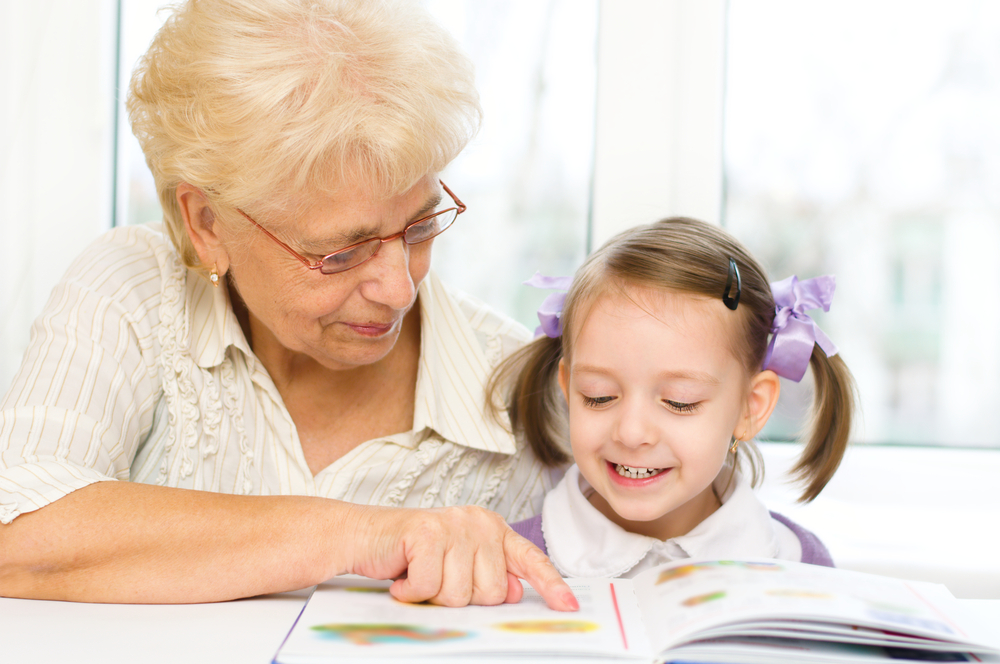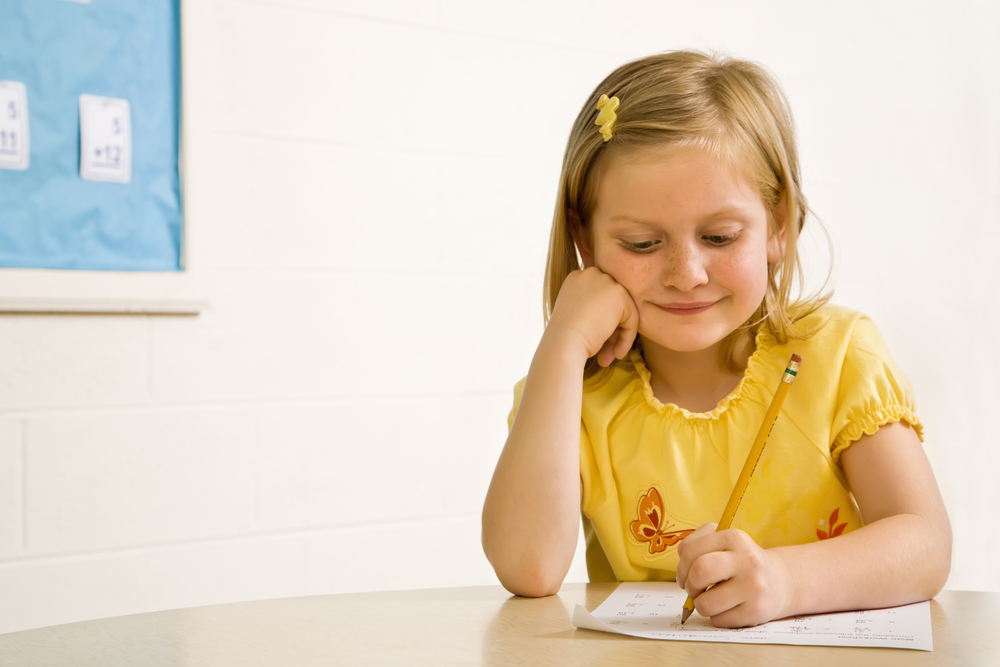Do you remember when you first learned about syllables? Most people will answer “no” to this question, and that’s understandable — it was a very long time ago!
Regardless of how long ago it was, understanding syllables has played a significant role in helping you read and write more proficiently. And now that your child is on their journey of learning about syllables, you may want to know how you can help.
This article will share what you need to know about helping your child understand syllables so that they can master this simple yet effective learning curve.
What Is A Syllable?

The dictionary describes a syllable as “an uninterrupted segment of speech consisting of a vowel sound, a diphthong, or a syllabic consonant, with or without preceding or following consonant sounds.”
In much simpler terms, we can describe a syllable as always having one (and only one) vowel sound. Quite often, this vowel sound is accompanied by consonants.
For example, the word bat is a one-syllable word, as you would expect because of its length. But it’s important to note here that the length of a word has nothing to do with how many syllables it has.
The word straight, for instance, has only one syllable since aigh makes the long A sound and that is the only vowel sound in the word. On the other hand, a shorter word — such as over — can have more than one syllable.
It’s also important to note that there are six types of syllables. Your child will start learning more about the different types of syllables in elementary school.
For now, understanding the basic elements of a syllable is what matters. This comprehension will help children as they get older and come across more complex words.
Why Is Understanding Syllables Important?
Now that we’re on the same page about what syllables are, let’s focus on why they are so important.
In a nutshell, learning syllables:
- Helps speed the process of decoding words
- Helps with accurate and fluent reading
- Helps with spelling
As children move from learning basic words to compound words with two syllables (e.g., railroad, pancake, etc.), understanding syllables can help them decode and blend them more quickly.
After all, it’s much easier to read an unfamiliar word in chunks than to read it as one continuous string.
Additionally, breaking a long word down into pieces makes it much easier to spell it correctly, rather than trying to remember each and every letter in the word and the correct sequence.
How To Help Kids Understand Syllables

Before we get into the activities that can help you teach your child about counting syllables, there are a few points we’d like to mention. Let’s take a look!
1) Think Of Syllables As “Chunks” Of A Word
With multi-syllable words, helping your child focus on the “chunks” rather than every letter of a long word will make grasping syllables much easier.
2) Focus On The Vowel Sounds
A syllable only has one vowel sound. This means it doesn’t matter how many letters there are in the word. It also doesn’t matter how many vowels a word may have. The vowel sound produced is the real focus.
3) Continue Helping Them Develop Their Reading Skills
Reading is one of the core subjects in Homer’s early learning program. Why is that?
Early childhood reading provides lots of benefits, including improved vocabulary, better communication, and brain development.
In addition, the more a child reads, the more they’ll come across unfamiliar words and the more chances they’ll get to practice their syllable skills.
8 Simple Syllable Activities
No matter what you’re working on with your child, it’s important to keep things light and fun! This helps your child stay engaged and eager to learn.
A great tactic you can use for teaching syllables in an engaging way is to start with words that already interest your child. These can be the names of the family pets, their friends, their favorite foods, and so on.
Here are some activities to help your young learner understand syllables while also having fun!
1) Clap Time

Associating the syllables of a word with “beats” is one of the most effective (and fun!) ways for children to grasp the concept of syllables. In this activity, your child will clap the beats of a word.
Start with simple words that your young learner will already be familiar with (mommy, daddy, apple, pizza, etc.).
When you begin, show your child how to clap the syllable: /pi/ (clap) /zza/ (clap). After demonstrating, ask them to join you as you clap the beats of other common words.
We recommend holding your hands wide apart and then making a big clap to help your child hear and see the number of syllables. Try to also have your child clap and say the syllable at the same time.
2) Syllable Stomp
Sometimes we all make the mistake of thinking that learning should only take place with a child seated formally in front of a desk and listening attentively to your instructions. But that’s not always the case, especially with younger children.
Most kids love to get up and move. So why not use their endless energy to help them learn more about syllables?
This game works similarly to the previously mentioned one. However, instead of clapping each syllable, your young learner will be stomping the ground for each syllable they say in a word. The louder the stomp, the better!
3) Mark The Paper

For this activity, all you need is a marker (or pencil or crayon, whatever you prefer!) and a sheet of paper.
Hand your child the marker and place the sheet of paper on a table in front of them. Choose a word, and then encourage your young learner to press the marker on the paper every time they hear a syllable.
When they are done, they can count the number of marks on the paper to see how many syllables are in the word.
4) Hum The Word
Humming is a simple yet fun and effective way to teach your child about syllables. To get started, ask your child to close their mouth and hum a word. After that, have them count the distinct hums they made.
5) Robot Talk
“Speaking robot” is more than just fun and games. It can also help your young learner count the syllables of a word!
Have your child pretend to be a robot while talking. This will mean speaking in a very unnaturally stiff and stilted manner. As they say a word in “robot talk,” it is easy to count the syllables.
Really get into it by making a robot costume out of cardboard boxes for the occasion. Pretend play and learning time combined? Yes, please!
6) Jaw-Dropping Fun

By now, we’ve established that each syllable has one vowel sound. Our mouths need to open to help us make that vowel sound. This makes counting “jaw drops” the perfect opportunity to count syllables.
Have your child place their hand under their chin and then count the number of times their jaw drops as they say a word. Those are the syllables!
7) Syllable Mix-Up
This fun game will help your child concentrate on unmixing syllables to make a word.
All you need to do is mix up the syllable order of a word and then encourage your child to unmix it. For instance, you can say /corn/pop. Then ask them what word you’re trying to make. They would answer “popcorn.”
As your child gets older and more comfortable with syllables, you can introduce harder words with three or more syllables. For example, el/e/phant — elephant!
8) What’s My Word?
Say a word with three, four, or more syllables but leave gaps in between each syllable. For example, you can say /com/ /pu/ /ter. Your child would then put the syllables together to form the word.
You can also extend this game by beginning a word and having your child try to complete it. For instance, /re/ /frig/ /er/…and your child would add “/a/tor!”
Make Learning Syllables Fun With HOMER

There are plenty of ways to help your child understand syllables. Whichever activity you choose, remember to make it fun and have patience as your child continues learning new concepts.
For more at-home activities, check out Homer’s Explore Kits, which are perfect for kids three to six years old and make learning fun, convenient, and effective!
,


